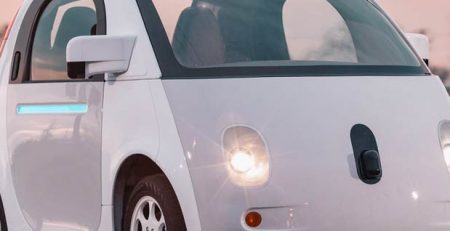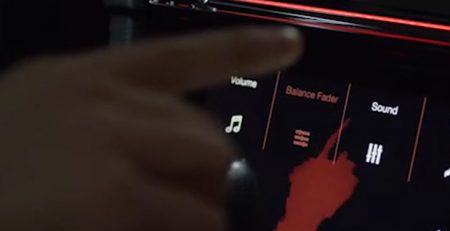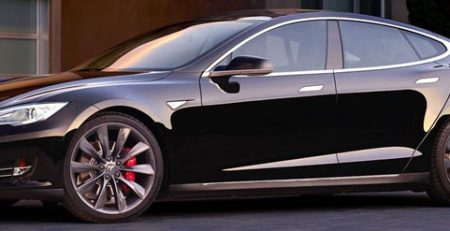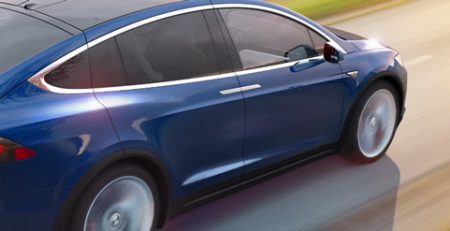2015 has been a hallmark year for new car technology, with innovation after innovation produced by several manufacturers wh read more
Car buyers urged to put safety before technology
Reliability and fuel economy are above safety technologies on a list of decision-making factors for all drivers. However, when it comes to young drivers (17-24), less than two in five (37%) included safety as one of their top-three important elements to look into when deciding on a car to buy, a Brake survey shows.
The branding of a vehicle (39%) is deemed more important for this age-group, and 'infotainment systems' are closing in on the importance of safety features as 21% of young drivers feel being able to access social media and other functions unrelated to driving are necessities - despite the risk of distraction similar to that of using a mobile phone - as any attempt to multi-task at the wheel is known to make you at least two or three times more likely to crash according to the National Highway Traffic Safety Administration.
As a result, young drivers are being advised by Julie Townsend, Brake's deputy chief executive, to be sensible before stepping foot into a vehicle.
"Vehicle safety technology has come on leaps and bounds, and a large part of the casualty reduction we have seen in recent decades are likely to be attributable to this," said Julie Townsend.
"It is important that all drivers take advantage of these advances as much as possible, to protect both themselves and the people around them on foot and bike.
"When choosing a vehicle to drive on public roads, safety should always be the number one consideration. However, any vehicle is ultimately only ever as safe as the person driving it, and choosing the safest possible vehicle still needs to be combined with legal, considerate driving."
Rather than focus on whether a vehicle can easily integrate social media, drivers should choose vehicles that not only protect the occupants, but also minimise threat to other road users. Some vehicles are now designed to reduce the damage to vulnerable road users if a collision were to occur.
Euro NCAP rate the safety features of new European cars in crash tests, and provide a star rating that takes into account occupant safety, child occupant safety and pedestrian safety.
A change taking place in January 2016 means that vehicles will only be able to achieve a maximum five-star Euro NCAP rating if they are fitted with collision avoidance technologies such as pedestrian detection, lane departure warning, and autonomous emergency braking, which uses sensors to detect hazards ahead, and then applies the brakes automatically if a collision is predicted.
Despite the level of safety technology increasingly developing, choosing the safest possible vehicle still needs to be combined with safe, legal and considerate driving.




